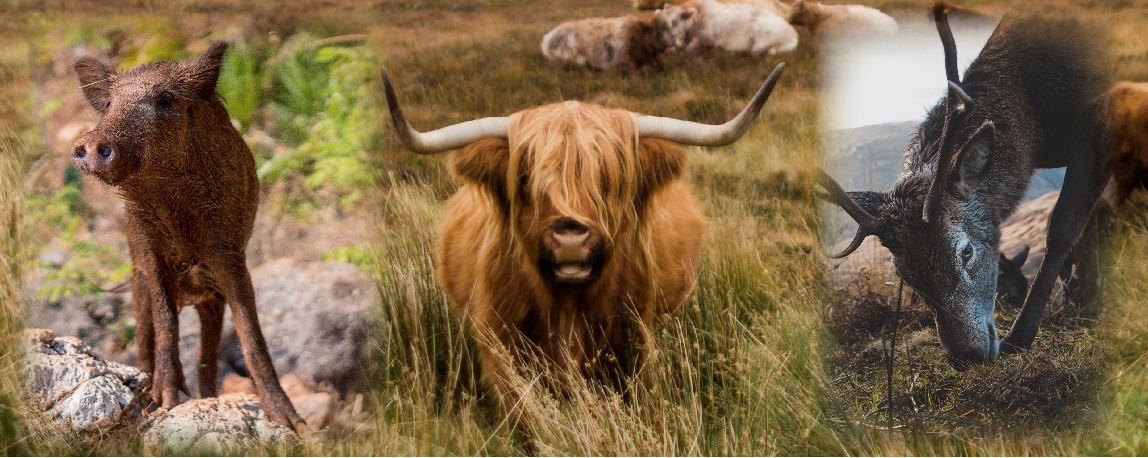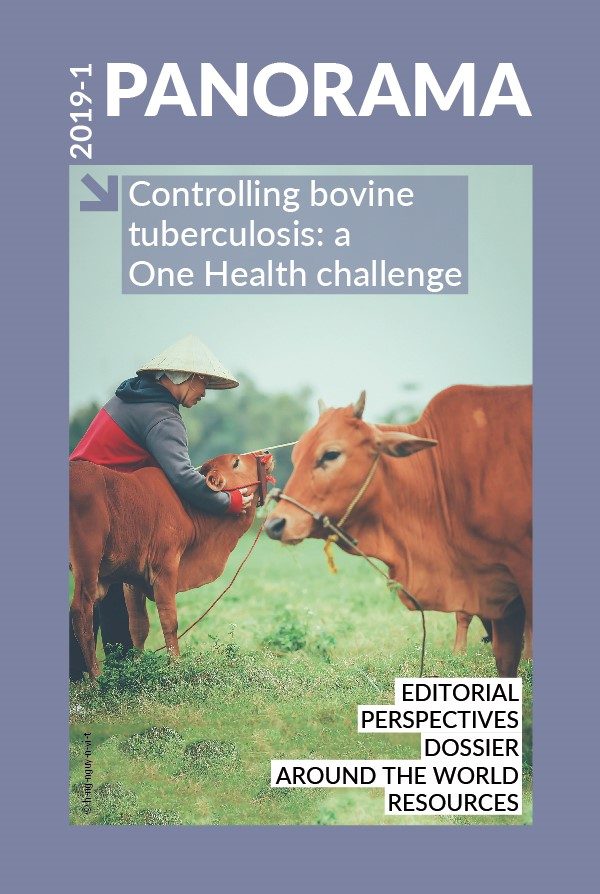Dossier Posted on 2019-05-16 09:27:43
Efficacy of BCG vaccine for the control of tuberculosis in domestic livestock and wildlife
Keywords
Authors
Bryce M. Buddle, AgResearch, Hopkirk Research Institute, Palmerston North, New Zealand.
The designations and denominations employed and the presentation of the material in this article do not imply the expression of any opinion whatsoever on the part of the OIE concerning the legal status of any country, territory, city or area or of its authorities, or concerning the delimitation of its frontiers and boundaries.
The views expressed in this article are solely the responsibility of the author(s). The mention of specific companies or products of manufacturers, whether or not these have been patented, does not imply that these have been endorsed or recommended by the OIE in preference to others of a similar nature that are not mentioned.
The use of BCG vaccine in animals has been limited
Although the M. bovis bacille Calmette–Guérin (BCG) vaccine has been used in humans for nearly a century, its use in animals has been limited, principally because protection against tuberculosis has been incomplete and vaccination may result in animals reacting in the tuberculin skin test. However, in the past 25 years, the protection induced by BCG vaccine in animals has been optimised and tests to differentiate infected from vaccinated animals (DIVA) have been developed.
BCG vaccination can moderate the severity of the disease in domestic livestock
Experimental challenge studies in domestic livestock, including cattle, goats and farmed deer, have demonstrated that BCG vaccination can moderate the severity of the disease, while field trials in cattle and goats have indicated that vaccination can also reduce infection. No single vaccine has been shown to be better than BCG in cattle, although combinations of BCG with various subunit tuberculosis vaccines have produced encouraging results and could be applied in the future [1, 2]. Vaccination of cattle with BCG would have greatest application in countries where ‘test-and-slaughter’ strategies are not affordable or socially acceptable and, in this situation, BCG could play a role in reducing the spread of bTB. Alternatively, vaccination could be integrated with ‘test-and-slaughter’ control measures, where DIVA tests are used for bTB diagnosis, particularly skin tests utilising specific M. bovis antigens [3].
The experimental use of BCG vaccine in wildlife is showing promise
The field testing of BCG vaccine, administered via oral or parenteral routes, in possums and badgers has resulted in significant reductions in the infection of these animals, and a parenteral BCG vaccine has now been licensed for use in badgers in the United Kingdom [4, 5]. In wild boar, feral deer and ferrets, BCG vaccine has been shown to induce significant levels of protection against experimental challenge with bTB, and practical systems for the delivery of oral bait bTB vaccines to wildlife have now been established [2].
In summary, studies in recent years have markedly improved our understanding of the factors influencing BCG vaccine efficacy and, in future, vaccination should be a valuable control measure for bTB in domestic livestock and wild animals.
http://dx.doi.org/10.20506/bull.2019.1.2917
References
- Waters W.R., Palmer M.V., Buddle B.M. & Vordermeier H.M. (2012). – Bovine tuberculosis vaccine research: historical perspectives and recent advances. Vaccine, 30 (16), 2611–2622. https://doi.org/10.1016/j.vaccine.2012.02.018.
- Buddle B.M., Vordermeier H.M., Chambers M.A. & de Klerk-Lorist L.M. (2018). – Efficacy and safety of BCG vaccine for control of tuberculosis in domestic livestock and wildlife. Front. Vet. Sci., 5 (Art 259). https://doi.org/10.3389/fvets.2018.00259.
- Vordermeier H.M., Jones G.J., Buddle B.M. & Hewinson R.G. (2016). – Development of immuno-diagnostic reagents to diagnose bovine tuberculosis in cattle. Vet. Immunol. Immunopathol., 181, 10–14. https://doi.org/10.1016/j.vetimm.2016.02.003.
- Tompkins D.M., Ramsey D.S.L., Cross M.L., Aldwell F.E., De Lisle G.W. & Buddle B.M. (2009). – Oral vaccination reduces the incidence of bovine tuberculosis in a free-living wildlife species. Proc. Biol. Sci., 276 (1669), 2987–2995. https://doi.org/10.1098/rspb.2009.0414.
- Gormley E., Ní Bhuachalla D., O’Keeffe J., Murphy D., Aldwell F.E., Fitzsimons T. et al. (2017). – Oral vaccination of free-living badgers (Meles meles) with bacille Calmette Guerin (BCG) vaccine confers protection against tuberculosis. PLoS One, 12 (1), e0168851. https://doi.org/10.1371/journal.pone.0168851.










